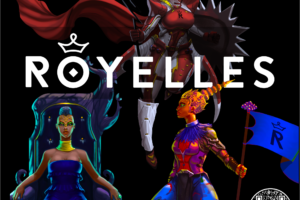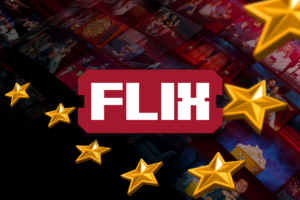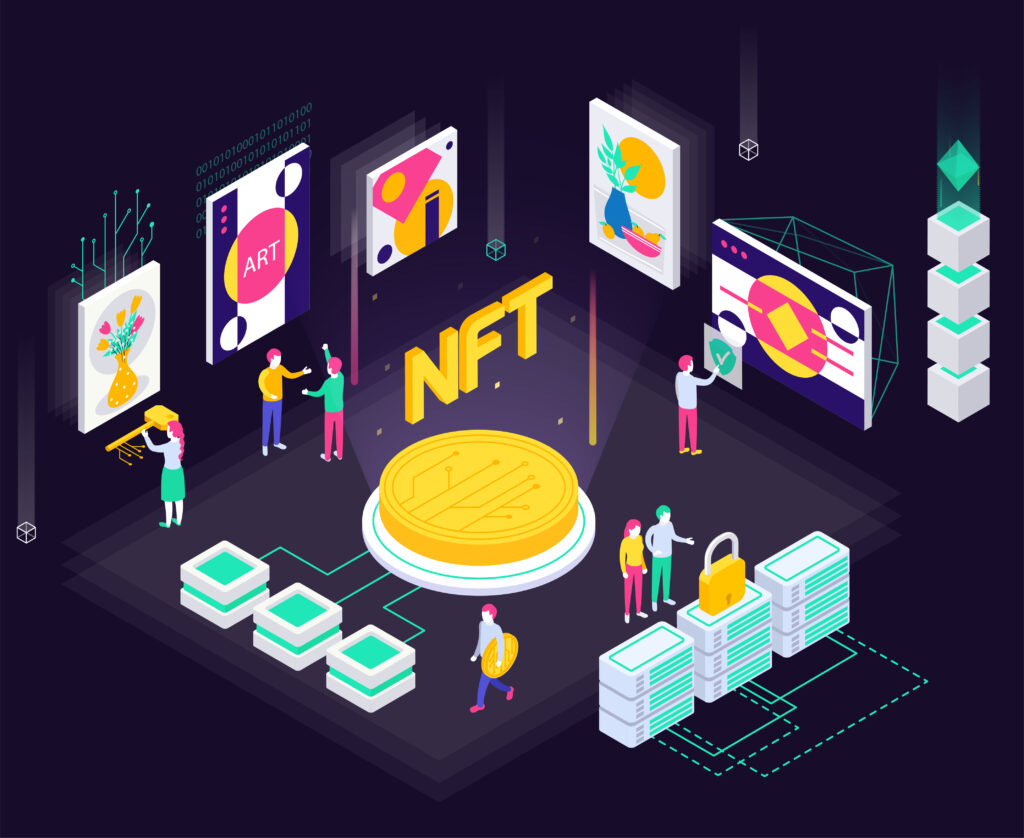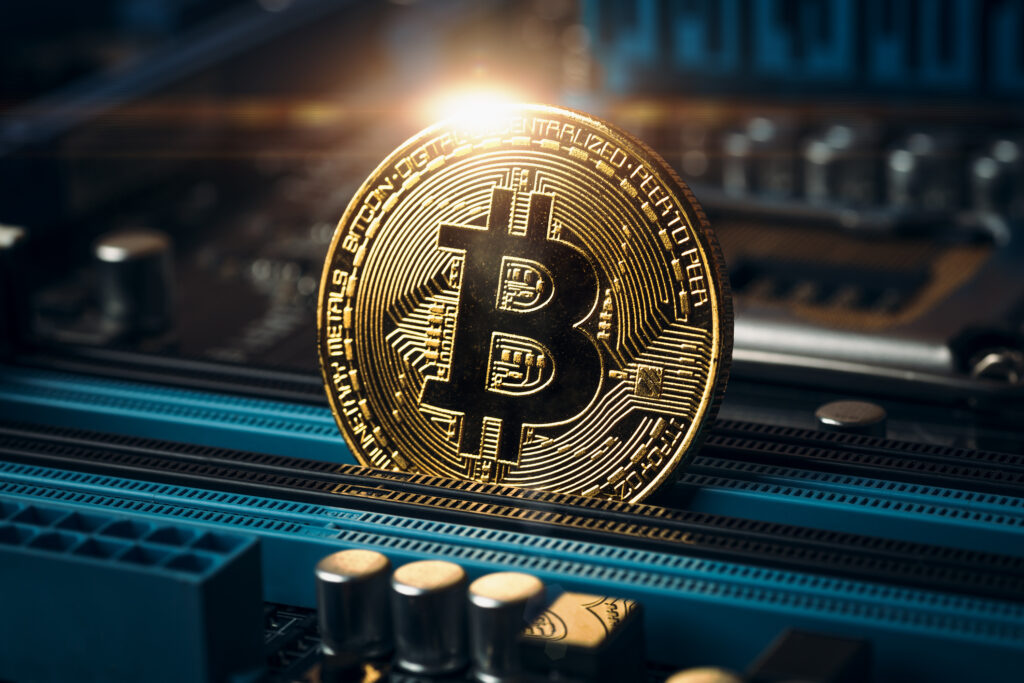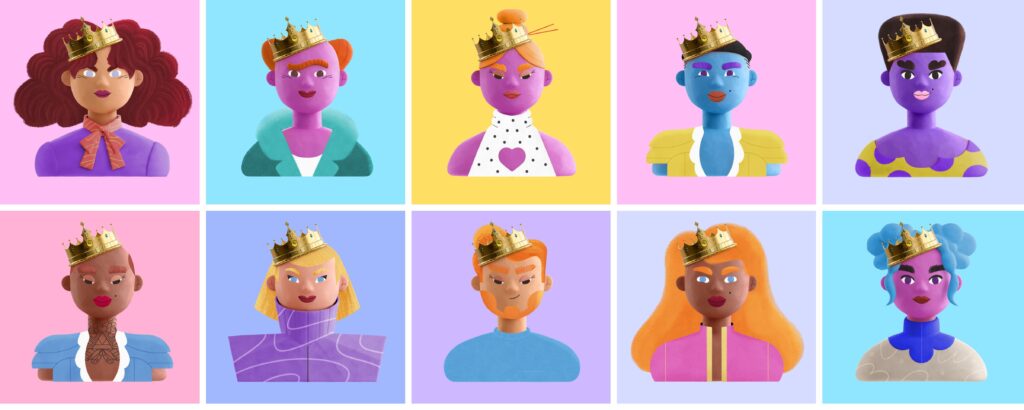
Forbes is hoping to secure their place in the metaverse with the launch of their recent Virtual Billionaires NFT series.
The clever project, which launched to the public on the FTX exchange on April 13, features 100 fictitious billionaires with randomly assigned stock portfolios based on real-time NYSE pricing. NFT holders can follow daily on the Forbes Virtual NFT Billionaires List.
“We’re cementing our place in the Metaverse by launching these interactive collectibles that can be authenticated and traded on the blockchain,” says Forbes Chief Technology Officer.
Vadim Supitskiy.
And it’s a smart move. The synergy between media and the metaverse is more straightforward than it might first appear. When you think about the metaverse for its ability to immerse individuals and communities in context-rich spaces, it becomes a sought-after environment for communicating information and a playground for media creatives.
Moreover, it’s important to remember that the media is an advertising channel. The opportunity to glean user data in new and layered formats is exciting for future-thinking ad leaders. From Nike to Balenciaga, scores of brands have already invested in metaverse advertising. Media brands are shrewd to the position where their clients are.
Forbes isn’t the only media brand to launch an NFT series. Vogue Singapore, published by global media brand Conde Nast, launched a series of NFTs in September on the Binance NFT marketplace. Vogue Arabia followed shortly after with a Dolce & Gabbana NFT collection, which was available on the luxury exchange, UNXD.
What’s particularly interesting about Forbes’ series is the gamification of the NFT collection which lends to the metaverse ethos and signals an understanding of what NFTs can be in the future and how they can come to life in the context of a digital world.
After all, versions of the metaverse already exist in online games and younger generations are growing up socializing and purchasing in them. Forbes is just scratching the surface of what’s possible. Media brands that want to own younger audiences should be paying attention to how to utilize NFTs to engage audiences, build loyalty, and even establish new revenue streams for themselves and their advertiser clients.






